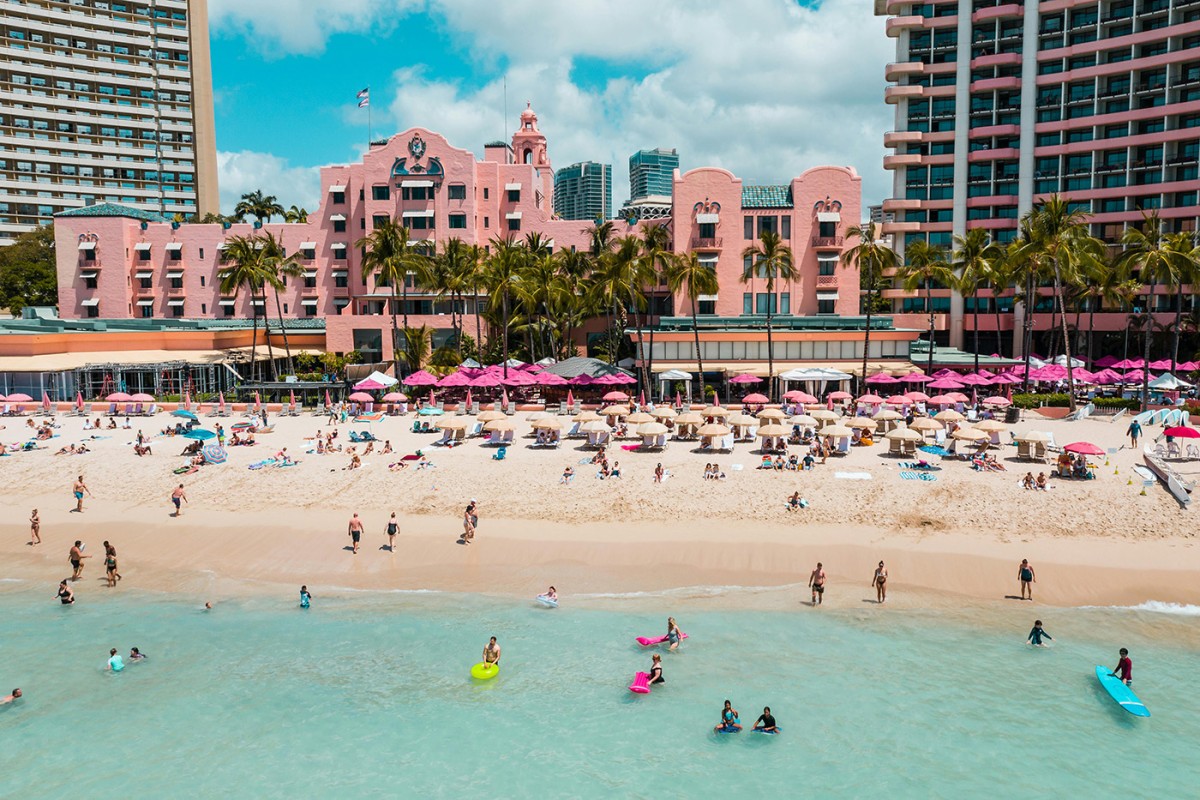España Va Loco! One in Six Spanish Purchases is Fake

Handbags, hats, sunglasses, wallets, watches and more; where there is demand there are fakes.
If you’ve been lucky enough to have found yourself on a Spanish beach in the past few years then you were probably found yourself being approached by a hawker – a seller of easily transported merchandise, nowadays probably better known by the term ‘looky looky man’.
These men and women roam the beaches and tourist areas looking to offload some of the merchandise they are offering, merchandise that is usually always counterfeited.
The rise of the ‘looky looky men’ is both an indicator of the counterfeit problem in Spain and a reason behind it. Spain is currently ranked third on the list of EU countries that have the most impact on the textile sector through counterfeit operations; moreover they currently hold the title of Europe’s largest seller of fake cosmetics.
It’s estimated that EU counterfeits as a whole are responsible for over €26 billion in losses ever year, meaning that 10% of the sector’s total profit is lost to counterfeiters. The human cost of the sale of these counterfeit items is however far more alarming, with at least 363,000 direct jobs falling victim and a further 155,000 indirect jobs lost.
The study responsible for these findings was released through the European Observatory on Infringements of Intellectual Property Rights but was completed by the Office for Harmonization in the Internal Market (OHIM).
António Campinos, President of OHIM, hopes that the report will help highlight the true impact of counterfeiting in the clothing, shoes and accessories sector and also that the figures will help policy makers and consumers make more informed choices.
← Back to blog



